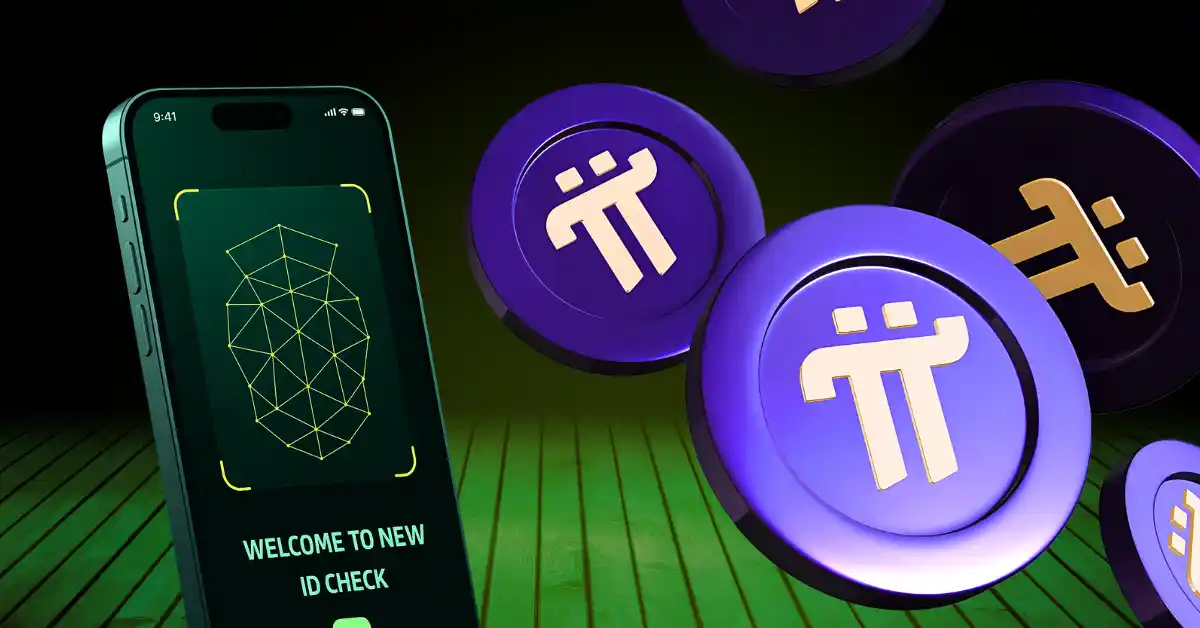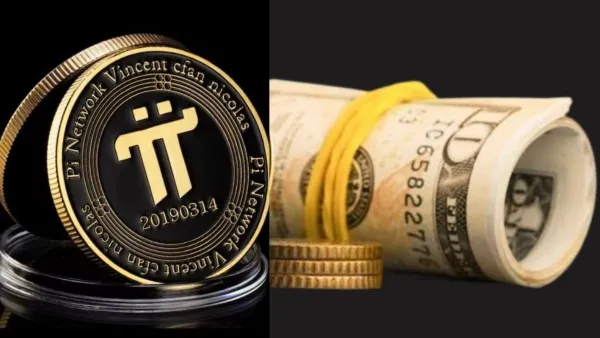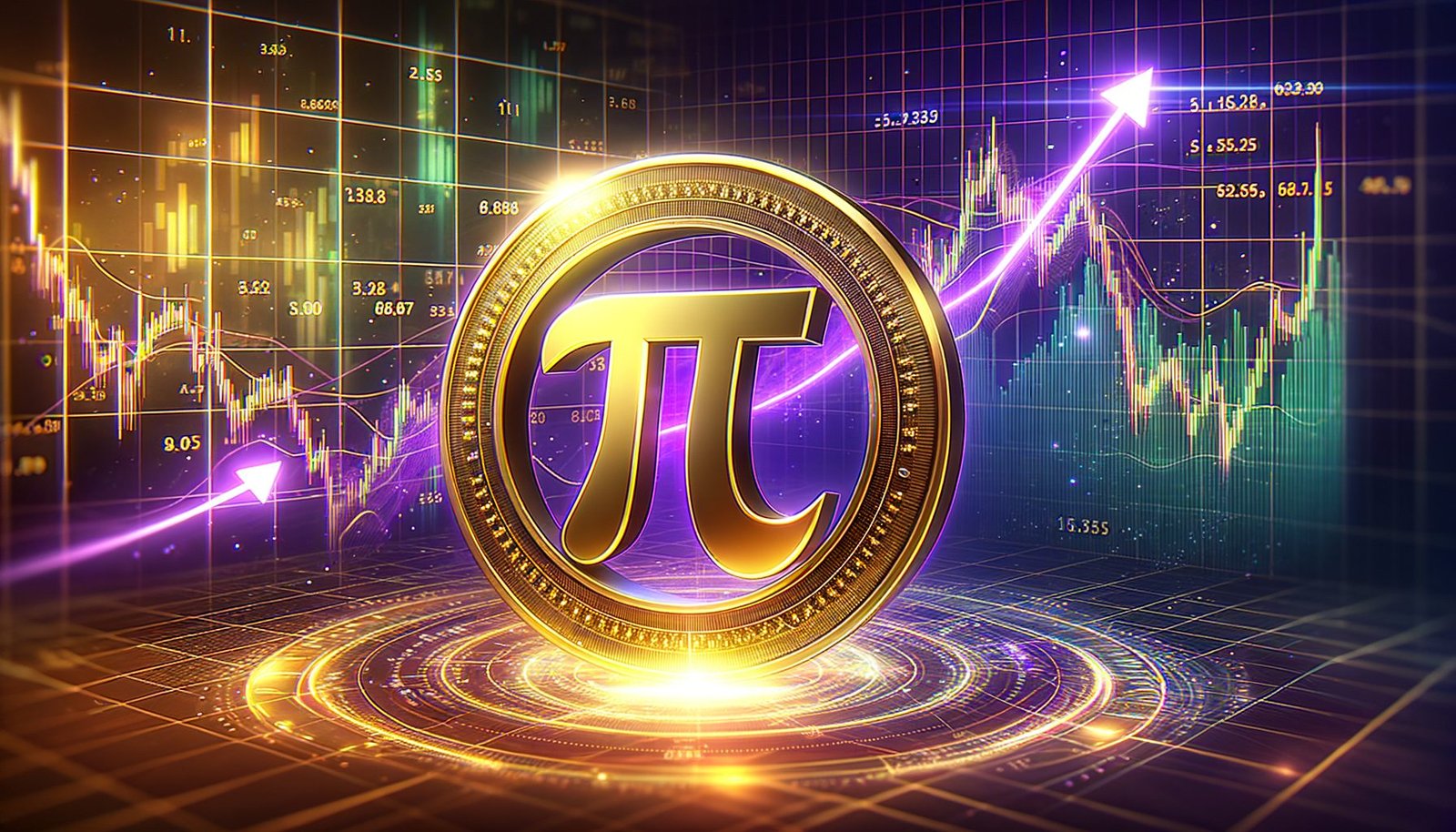The cryptocurrency world is buzzing with speculation about Pi Coin, a mobile-first digital currency that’s captured the attention of millions. Unlike traditional cryptocurrencies like Bitcoin, Pi Coin promises accessibility, allowing anyone with a smartphone to mine coins without draining their battery. But can this ambitious project break the $1 mark and reshape the crypto landscape? Let’s dive into what makes Pi Coin unique, its potential for growth, and the challenges it faces in a competitive market.
What Is Pi Network and Why Does It Matter?
Pi Network, launched in 2019 by Stanford graduates Nicolas Kokkalis and Chengdiao Fan, aims to make cryptocurrency accessible to everyone. Unlike energy-intensive Bitcoin mining, Pi Coin is mined through a simple mobile app, tapping into a trust-based system inspired by the Stellar Consensus Protocol (SCP). This approach has attracted over 60 million users globally, creating one of the largest pre-launch crypto communities.

What sets Pi apart is its focus on inclusivity. By eliminating the need for expensive hardware, it invites everyday people—especially in regions like Asia, Africa, and Latin America where mobile devices dominate—to join the crypto revolution. But with its open mainnet launched in February 2025, the question remains: can Pi Coin translate its massive user base into real-world value?
The Road to $1: Can Pi Coin Get There?
Current Price and Market Dynamics
As of July 2025, Pi Coin trades around $0.46, a significant drop from its all-time high of $3 in February 2025. Recent token unlocks have increased selling pressure, with exchange balances hitting 400 million PI, signaling short-term challenges. However, analysts remain cautiously optimistic about its trajectory.
Short-term predictions for 2025 suggest Pi Coin could fluctuate between $0.30 and $0.60 unless major exchange listings or ecosystem developments spark a rally. Breaking above the $0.48–$0.50 resistance zone could push it toward $0.63–$0.74, but a failure to hold support at $0.45 might see it dip to $0.38.
Factors Driving Pi Coin’s Value
Several factors will determine whether Pi Coin can break the $1 barrier:
- Ecosystem Growth: Pi Network’s success hinges on its decentralized applications (dApps) and real-world utility. With over 14,000 dApps in development and features like Pi AI Studio, the ecosystem is expanding, but adoption remains limited. If Pi enables seamless payments or merchant integration, demand could surge.
- Exchange Listings: Pi Coin is not yet listed on major exchanges like Binance or Coinbase, limiting its liquidity. Speculation about Binance listings has fueled optimism, but without official confirmation, its market remains constrained.
- Community Engagement: Pi’s 60 million-strong community is a double-edged sword. While it drives hype, unverified accounts and centralized control raise concerns. Completing KYC and decentralizing governance could boost trust and value.

Long-Term Price Predictions
Looking beyond 2025, analysts offer varied forecasts:
- 2026–2027: If Pi Network achieves widespread adoption and exchange listings, prices could climb to $1.50–$5. Success depends on integrating with mainstream platforms and powering decentralized finance tools.
- 2030: Conservative estimates suggest $48–$85, while bullish scenarios predict $200–$500 if Pi becomes a mainstream payment method. Some even speculate $1,000+ in an ideal scenario, though this seems overly optimistic given current challenges.
These projections assume steady network growth and a favorable crypto market, heavily influenced by Bitcoin’s performance. However, Pi’s reliance on community-driven hype without robust utility could cap its potential.
Challenges Holding Pi Coin Back
Despite its promise, Pi Network faces significant hurdles:
Centralization Concerns
Critics argue that Pi’s mainnet nodes are centrally operated by the core team, contradicting blockchain’s decentralized ethos. A 2025 CNN report highlighted mandatory KYC and centralized data storage, raising privacy concerns. Without transparent governance, investor confidence may waver.
Limited Liquidity
Pi’s absence from major exchanges restricts its tradability. While IOUs on platforms like BitMart offer speculative pricing, they don’t reflect true market value. A full open mainnet and listings on tier-1 exchanges are critical for price stability.
Token Supply and Inflation
With token unlocks adding sell pressure, Pi’s supply dynamics challenge price growth. The network’s mining rate adjusts to control inflation, but without clear utility, excess supply could suppress prices.

Can Pi Coin Transform the Crypto Industry?
Pi Coin’s vision of a peer-to-peer marketplace powered by everyday users is ambitious. Its mobile-first approach could democratize crypto, especially in underserved regions. Features like the Pi Browser and Wallet aim to create a seamless ecosystem for transactions and dApps, potentially rivaling established platforms.
However, transforming the industry requires more than a large user base. Pi must deliver tangible use cases—think cross-border payments, merchant adoption, or staking rewards—to compete with giants like Ethereum or Solana. While its community is a strength, reliance on referrals and vague timelines has drawn comparisons to pyramid schemes, though Pi insists its referral model is fair.
If Pi Network can address centralization, boost liquidity, and deliver on its utility promises, it could carve a niche as an inclusive crypto platform. Breaking $1 would signal market confidence, but reshaping the industry demands sustained innovation and trust.
Should You Invest in Pi Coin?
For the average person, Pi Coin is intriguing but risky. Its low entry barrier—no costly hardware required—makes it accessible, but its value remains speculative. Here’s what to consider:
- Pros: Massive community, mobile mining, and potential for growth if listed on major exchanges.
- Cons: Centralization risks, limited liquidity, and uncertain utility.
Before investing, research thoroughly and only commit what you can afford to lose. Monitor updates on Pi’s mainnet and exchange listings via platforms like CoinDCX or ZebPay for the latest insights.

Conclusion: A Coin to Watch, But Proceed with Caution
Pi Coin’s journey from a mobile app to a potential crypto game-changer is fraught with promise and peril. Breaking $1 in 2025 is possible if the network secures major exchange listings and boosts its ecosystem’s utility. However, centralization, liquidity issues, and market volatility pose real challenges.
For crypto enthusiasts and everyday users, Pi Network offers a unique entry point into digital currencies. Its success will depend on delivering real-world value and earning market trust. Keep an eye on Pi Coin—it might just surprise us all.
Disclaimer: Cryptocurrency investments are highly volatile. Always conduct your own research before investing.






















